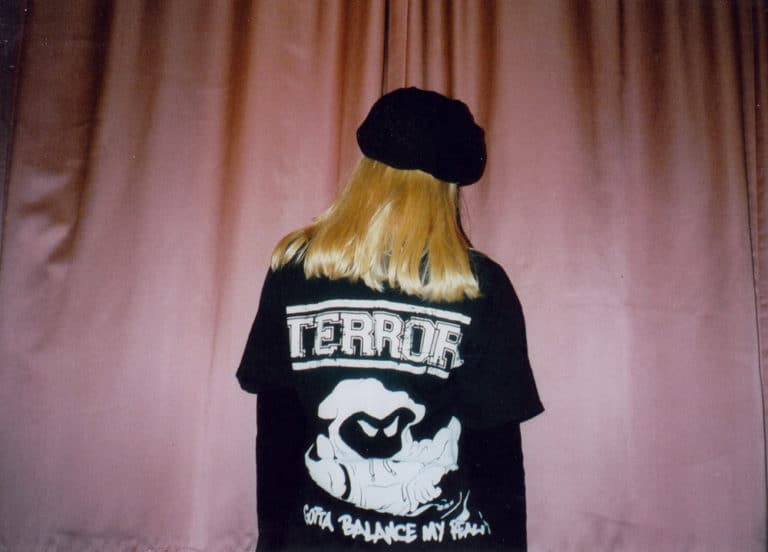Interactive map shows impact of HIV on communities in the US

There seems to be less of an urgency associated with our current discussions around HIV/AIDS. Though still a source of stigma and lingering fear, HIV often appears to us as a tragedy of the previous generation. Alas, the pandemic is far from being over, and in 2017 an estimated 36.9 million people lived with HIV globally, including 1.8 million children.
Vulnerable populations and people living in low and middle-income countries are disproportionately affected by the virus, with over 65 percent of individuals living with HIV located in sub-Saharan Africa. In Russia and Eastern Europe, HIV diagnoses are at an all-time high, and in the United States infection rates among certain ethnic and racial minorities has increased in the past few years. What all of these populations share in common is a deadly concoction of meagre resources and prevalent conservatism, which prevents them from finding out their status and seeking help.
UNAIDS, the United Nations Program on HIV and AIDS, has set a goal of eliminating the epidemic worldwide by 2030. In order to achieve this ambitious target, the organisation has set an additional ‘90-90-90’ goal, according to which by 2020 90 percent of all people living with HIV will know their HIV status, 90 percent of all people with diagnosed HIV infection will receive sustained antiretroviral therapy, and 90 percent of all people receiving antiretroviral therapy will have viral suppression. However, lack of awareness and crippling stigmas surrounding the disease make reaching these goals unlikely.
AIDSVu, an interactive online map that visualises the impact of HIV on communities across the U.S., offers a highly useful solution to this problem. Led by Patrick Sullivan, PhD, Professor of Epidemiology and co-director of the CFAR Prevention Science Core, the project uses data from the Centers for Disease Control and Prevention, local health departments, and prescription analytics in order to map out and track HIV statistics across 36 U.S. cities, 49 states, DC, and Puerto Rico.
Using AIDSVu’s interactive map, people can learn about the HIV epidemic reality in their state, county, or even zip code. In addition to providing statistics about diagnoses according to location, sex, race, and method of transmission, AIDSVu also help users locate services such as HIV prevention, testing, treatment, and clinical trials available in their communities. The website also offers focused information tool kits and experts’ views to particular groups that are vulnerable to HIV, such as trans people and youths.
One of the great advantages of AIDSVu is that it paints an incredibly vivid map of the HIV reality in the United States. Glancing at the statistics city by city, county by county, and state by state, one could immediately discern the troubling disparities that exist between communities in terms of access to information, care, and services, largely along lines of race and socio-economic background. In Pennsylvania, for instance, out of 34,233 individuals living with HIV 48.3 percent of them are African American and 16.4 percent are Hispanic/ Latinx. In Atlanta, black males are 5 times more likely to be living with HIV than white males and black females are 15 times more likely to contract the virus than their white counterparts. And the list goes on.
Furthermore, by making HIV statistics and services information so easily accessible online, AIDSVu significantly contributes to spreading awareness of the issue. As stigma, misconceptions, and fear still shroud the HIV/AIDS epidemic, many people prefer to remain in the dark and do not get tested, learn about prevention methods, or seek care. Disseminating such information online may grant a certain degree of anonymity and privacy to individuals who are afraid to openly consult their peers or community members about the issue.
While an increased number of government funded programs and formal education campaigns are needed in order to effectively tackle the HIV pandemic and meet the 2030 UNAIDS goal, an initiative such as AIDSVu could nonetheless provide an immense contribution to the fight against the virus. Imagine what an effect could such a platform have in a place like Tanzania or Nigeria—where openly seeking out HIV-related care could mean a death sentence.




